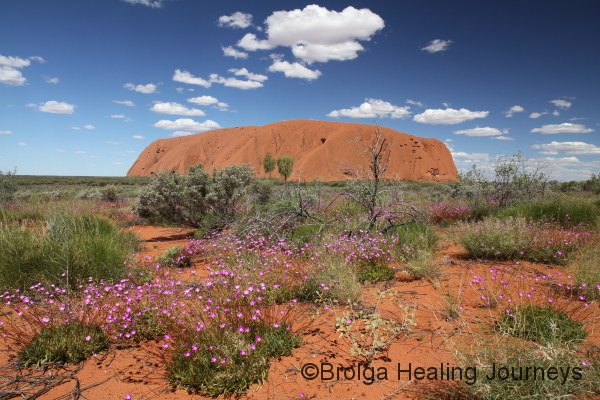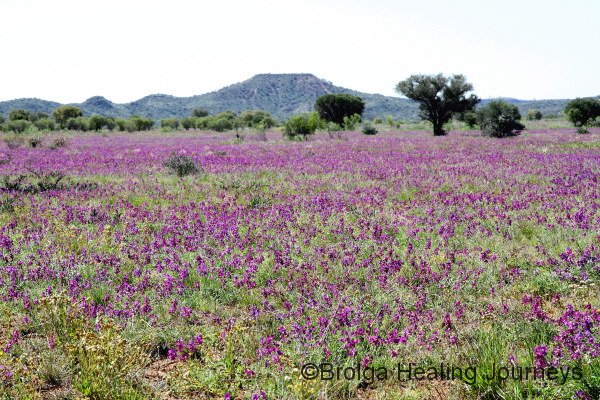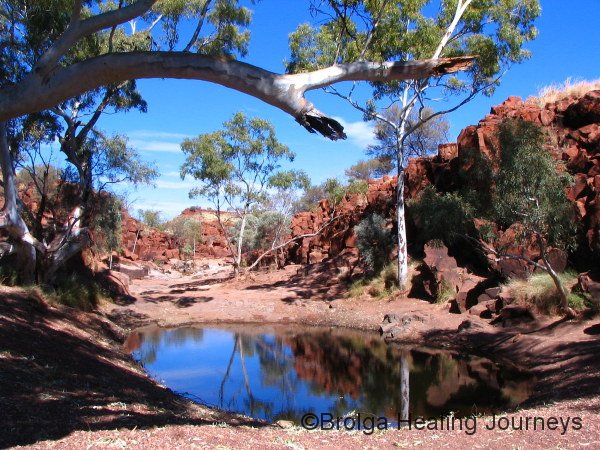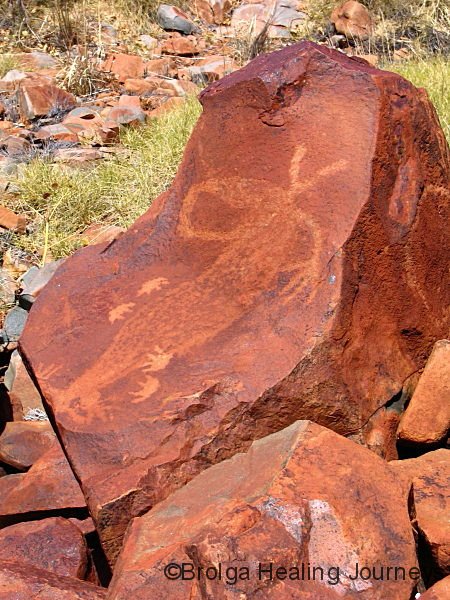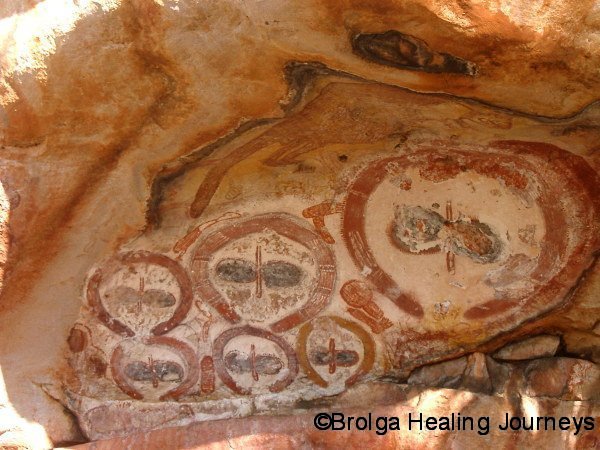Cave Hill & the Seven Sisters Creation Story
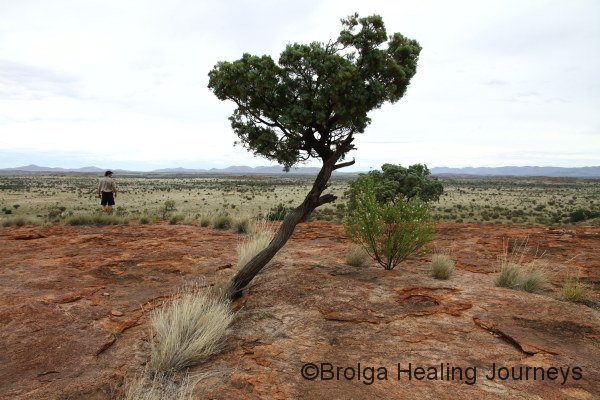
The day after our trip to Mt Conner we were booked with the same company (SEIT in partnership with the indigenous owned Desert Tracks), for a trip to Cave Hill.
Cave Hill is in the Musgrave Ranges, around 100km south of Uluru, but the country remains within Pitjantjatjara lands. When we learned that Cave Hill had the most significant art site within central Australia, we were sold on the tour, especially given that the tour provided the only way for us to visit.
